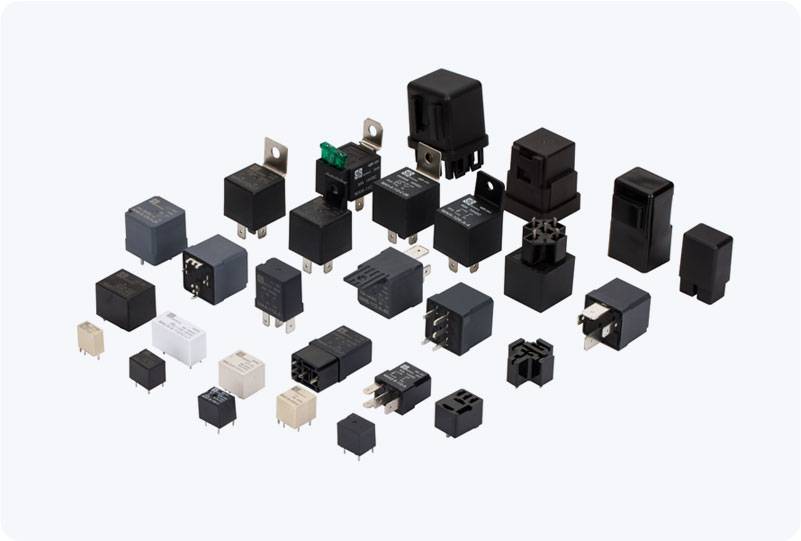solid-state hv relay: a modern solution for high voltage switching applications
Release time:2025-10-28 19:36:14
Solid-State HV (High Voltage) Relays are an innovative advancement in the world of electrical switching. Unlike traditional mechanical relays, which use physical contacts to switch circuits, Solid-State HV Relays rely on semiconductor technology to perform the switching operations. This shift has made them increasingly popular in a wide range of applications, particularly where high voltage, high reliability, and fast response times are critical. In this article, we will explore the key features, benefits, applications, and considerations of Solid-State HV Relays.

What is a Solid-State HV Relay?
A Solid-State HV Relay is a type of relay used to control the switching of high-voltage circuits without any moving mechanical parts. Instead of physical contacts, they use semiconductor devices such as thyristors, triacs, MOSFETs, or IGBTs to control the flow of electricity. These relays are capable of handling higher voltages and current loads compared to traditional relays, making them essential for modern industrial and electrical applications.
Key Features of Solid-State HV Relays
No Moving Parts: One of the most notable advantages of Solid-State HV Relays is the absence of mechanical parts. In traditional mechanical relays, physical contacts open and close to switch the circuit. Over time, these contacts can wear out, causing failures or irregular operation. Solid-State HV Relays, however, rely on solid-state components, which have no moving parts, resulting in a longer lifespan and more reliable performance.

